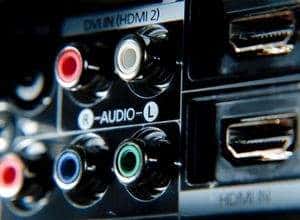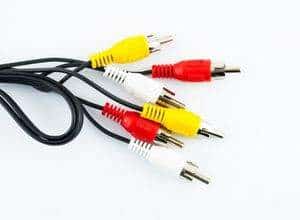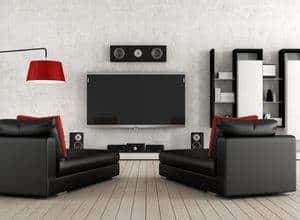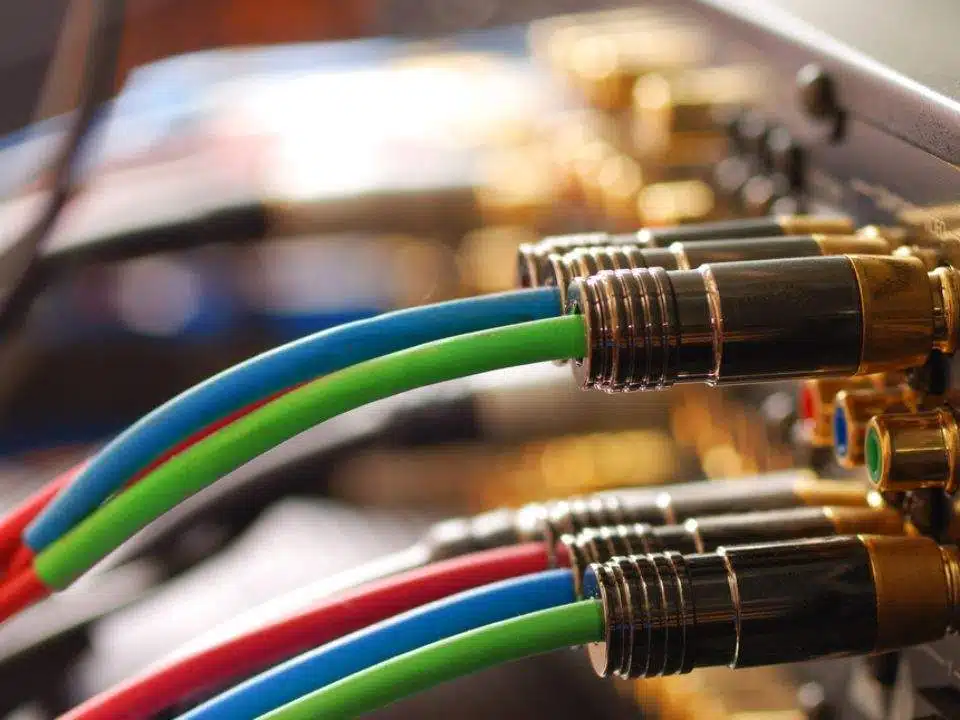Wiring home theater speakers is one of the most important components that add value to your home theater experience. Home theater speaker wiring, usually buried inside your walls or beneath the carpet, works as the nervous system that links all of your home theater equipment. Choosing the proper wiring for your home theater speakers will help you get the most out of each component.
However, wiring home theater speakers is more difficult than it seems. Depending on the location and size of your home theater, you may need a significant amount of wiring to link audio, video, and other room components. This article will teach and guide you with all you need to know about wiring home theater speakers.
Let’s start with the fundamentals.
Understand Your Home Theater Cables
The cables are the most critical aspect of any home theater setup. The appropriate cables may assist you in swiftly and effectively assembling all of the equipment. Here are a few typical kinds of cables needed for wiring home theater speakers:

HDMI Adapter
HDMI is an abbreviation for High-Definition Multimedia Interface. It is one of the most popular cables for televisions, projectors, computers, and laptops. This cable transfers audio and video from a high-definition input device to an output device.
With a single HDMI connection, you can experience 4K video and 32 audio channels at a low cost. It can also synchronize audio and visual streams dynamically. HDMI connections with sophisticated functions such as 3D display, ethernet connection, and CEC (Consumer Electronics Control) extensions are also available.
RCA Stereo Cable
The (RCA) Radio Corporation of America was the first to employ these cables. Two RCA connectors distinguish RCA audio cables, often white and red or black. The right channel is represented by red or black, whereas the left channel is represented by white.
These cables may transport analog multichannel audio to your AV equipment. Although HDMI is the recommended connector for audio and video transmission, stereo RCA cables allow you to connect various AV devices to your TV or projector, including camcorders, stereos, and speakers.
RCA Multichannel Cable
If HDMI or optical connections are unavailable, multichannel RCA cables are the best option to power 7.1 or 5.1 surround sound in your home theater. Ensure the right ends of the output and input devices are connected. However, keep in mind that multichannel RCA connections will not carry digital audio. Furthermore, not all DVD and Blu-ray players will handle multichannel RCA connections.
Coaxial Cables
Coaxial cables may be used to transport both audio and visual information. Because coaxial cables are less costly, they are a better match for shorter distances than optical fiber connections. They are also long-lasting and simple to install. If you have a cable or satellite TV connection, you may be familiar with this cable.
These cables can provide high-quality video and audio data to your home theater TV and projector. Coaxial audio cables are incompatible with 4K video and high-end audio signals such as Dolby Atmos, Dolby Digital Plus, DTS-HD Master Audio, and Dolby TrueHD. Coaxial cables, on the other hand, are your best chance for delivering AV signals to your output devices if you don’t have an HDMI option.
Audio Optical Cables

Optical audio connections transport digital signals between devices using laser light rather than electrical impulses. Because Toshiba created these cables in 1983, also known as TOSlink cables, these cables can transmit up to 5.1 surround sound to home theaters.
Signal transmission is better, sharper, and quicker than with RCA wires. They may not, however, support high-resolution audio formats on Blue Ray discs. They also perform best across short distances, often less than 10 meters. An optical cable is your best bet if you don’t have an HDMI port.
Speaker Cable
Most speaker systems do not have cables. As a result, you will have to purchase them individually. Speaker cables are available with or without connectors.
Wiring home theater speakers with connectors is preferable since attaching wires directly to speakers is difficult. If you already have cables but no connectors, purchase banana connectors, also known as banana plugs, to join them.
Speaker wires are available in a variety of gauges. Thick wires (12 or 14 gauge) are often preferable for longer lines, whereas thin wires (16 or 18 gauge) are better for shorter runs. Thinner cables are also more suited to high-power, low-impedance speaker systems.
Important Factors To Consider When Wiring Home Theater Speakers
You must consider a few crucial criteria when wiring home theater speakers. A bad home theater experience might be caused by failing to consider the following aspects. You may also get the full advantages of your high-end home entertainment equipment with the correct cable.
Conducting Substance

Choosing the right type of conducting material is critical since it has a direct impact on image and sound quality. While gold-plated connection cables are the finest, they are also the most expensive for home theater setups. Even though they will increase signal quality, the core will still be constructed of copper, which isn’t as good a conductor as gold.
On the other hand, copper is the most cost-effective and conductive alternative. Although copper may oxidize (become green) with time, it is still a solid investment. If left untreated, oxidation will significantly diminish conductivity. Cables with a copper core will also cost more than aluminum wires since copper is more costly.
Copper-Clad Aluminum (CCA) wires are an additional choice. Despite having a higher resistance, these wires are less costly and lighter. As a result, they are often employed as speakers.
Resistance
Resistance should be kept as low as possible since greater resistance results in poor signal quality. Gold provides the least amount of resistance. However, due to the high cost, pure gold wires are not widely available. Silver has lesser resistance, but it is also more costly. As a result, copper and copper-clad aluminum are ideal for home theater wiring.
Thickness and Length (Gauge)
Because resistance is directly related to length, you should keep your wires as short as possible. When developing your layout, remember to account for the length.
However, the resistance is inversely proportional to the thickness (measured in gauge). As a result, thicker wires will have less resistance. For short distances, tiny wires may be used. However, thicker cables are recommended to enhance signal quality as the distance grows.
A lower gauge number denotes more thickness, according to the American Wire Gauge number. Four gauge sizes are available: 12, 14, 16, and 18. While 12 and 14-gauge wires are suitable for long lines, 16 and 18-gauge wires are better for short runs. A 16-gauge wire is the best option for an 8-ohm speaker if it is less than 50 feet long.

Cost
When wiring home theater speakers, price is an essential factor to consider. People often purchase the most costly cables on the market. However, more price does not usually imply higher AV quality, particularly across short distances.
Any standard-quality cable will suffice if the distance between the two pieces of equipment is small. However, considering the three reasons discussed before, if the length rises, investing in a costly cable may bring long-term advantages.
High-quality cables have superior insulation. It protects your home theater from catastrophes like short circuits and electrical interference. As a result, the image and sound quality increase.

